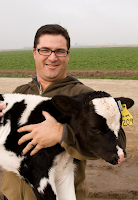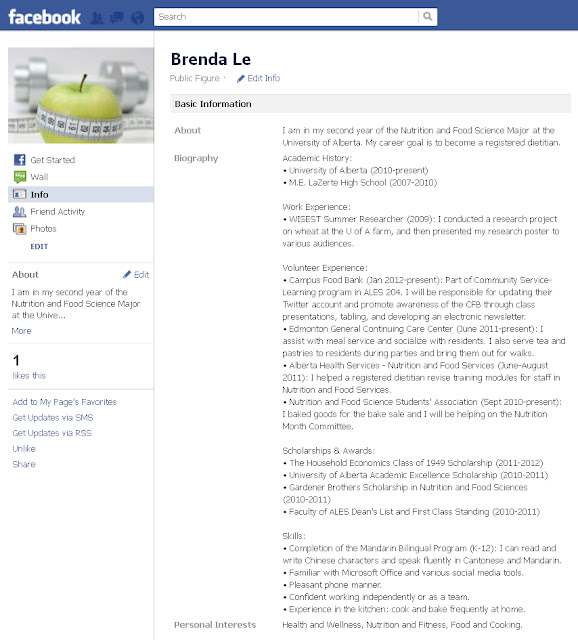 |
| Le, B. (2012). Chelsea's Tweet [Screenshot]. Retrieved from: https://twitter.com/#!/raydeeoh_ |
I also enjoyed using Blogger - it was fun to make my own blog and visit other students' blogs. Blogging was a great way to strengthen my written communication skills, which science students don't have many chances to do other than writing lab reports. It also gave me practice using APA citations and Creative Commons licensing. I have seen CC licensing before, but I didn't know how easy it was to license my own work until ALES 204 showed me how.
 |
| Malone, T. (2011). Creative Commons [Logo]. Retrieved from: http://thomasmalone.blogspot.ca /2011/11/creative-commons.h |
ALES 204 also introduced me to a plethora of lesser known social media platforms, so I will mention the most memorable ones. LinkedIn. This is a professional social network. You can find jobs or hire folks through this site, and I think this tool will be an asset in my future career. Audioboo. Although I'm not a fan of hearing my electronic voice, I found this website very interesting. It's like a social network of sounds, which is a great way to practice for interviews or convey messages that are not as effectively expressed in written words. Delicious. This is a great way to organize your bookmarks and add tags and descriptions to them, or even share them publicly. I find it really innovative because it allows you to post ideas without creating any new content, but through sharing good links you've read. And finally, Prezi. I was introduced to Prezi in our lab, and it is a magnificent tool. It has an endless canvas and lots of cool gadgets to help organize ideas. Prezi is a really neat way to share ideas creatively. I tried it out by creating a mind map about our CSL project with the Campus Food Bank.
I must conclude, however, with mention of a few drawbacks to ALES 204. While I enjoyed the class, I do believe there are ways to improve it. In my opinion, the course was a bit too heavily focused on social media. Although I agree that social media will be an influential factor in the future of work and academia, I couldn't help but question the relevance of Delicious, Audioboo, and Flickr in my future career. I would have preferred slightly more emphasis on more practical aspects of professionalism, such as resume building, interviews and presentations. Overall, it was wonderful being an ALES 204 student and I had a marvelous time learning about such interesting tools.
Here are the five blog posts I commented on:
- Lina H: The Accessibility of Sustainability
- Danielle: My Pecha Kucha Experience
- Lina A: My CSL Placement
- Mark: CSL Placement
- Steph: "Hold on, I'll Wikipedia that!"









